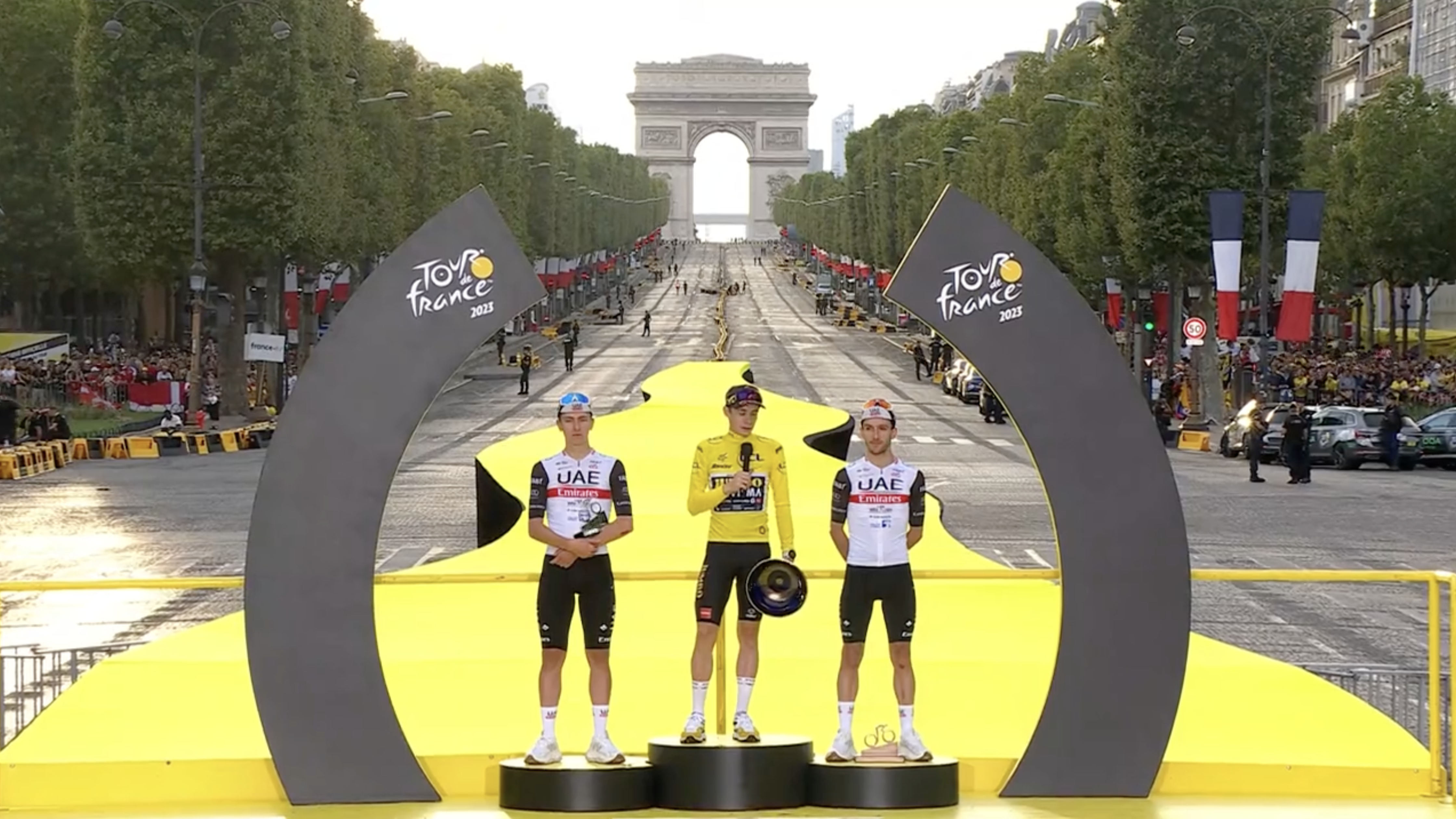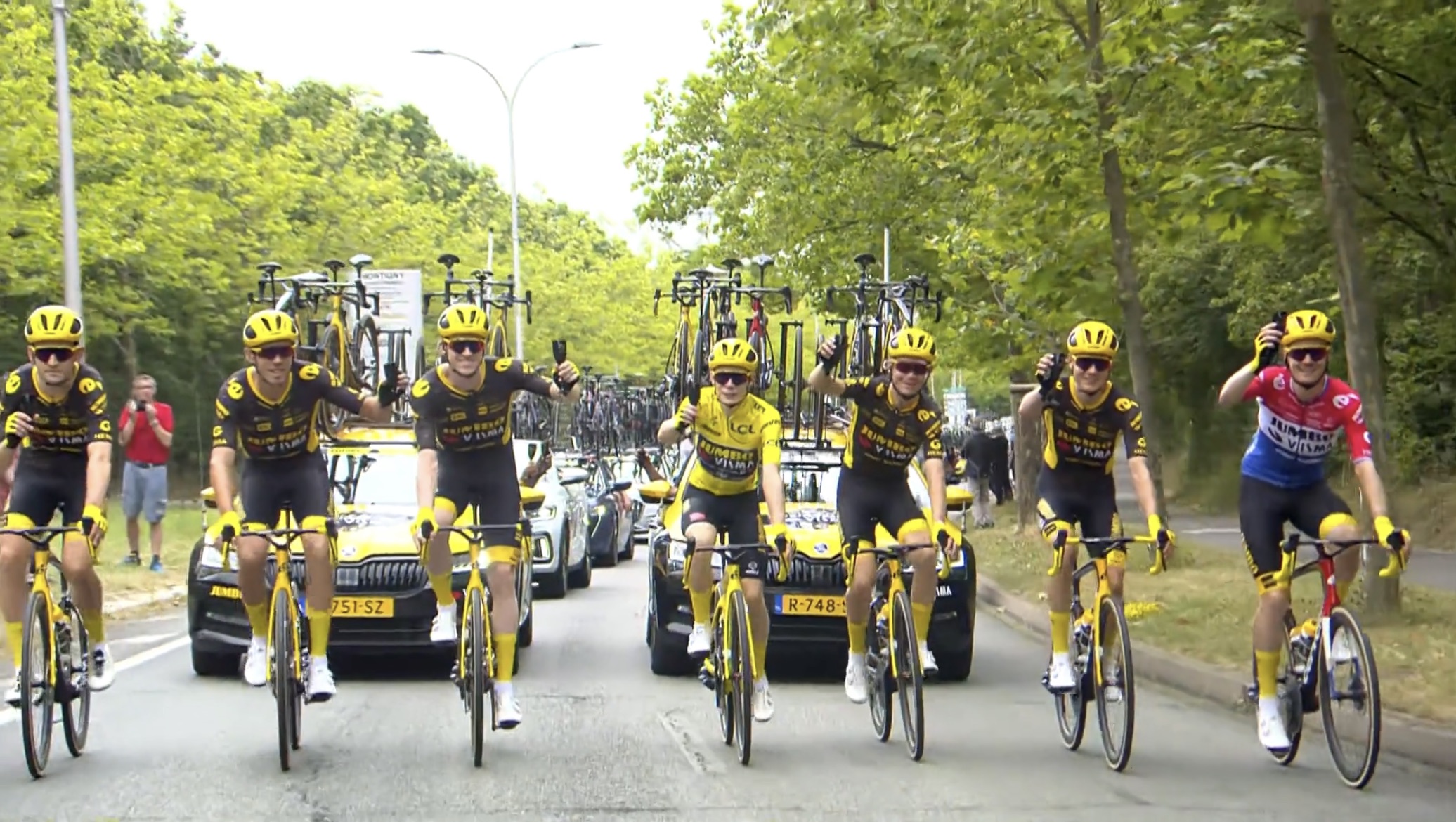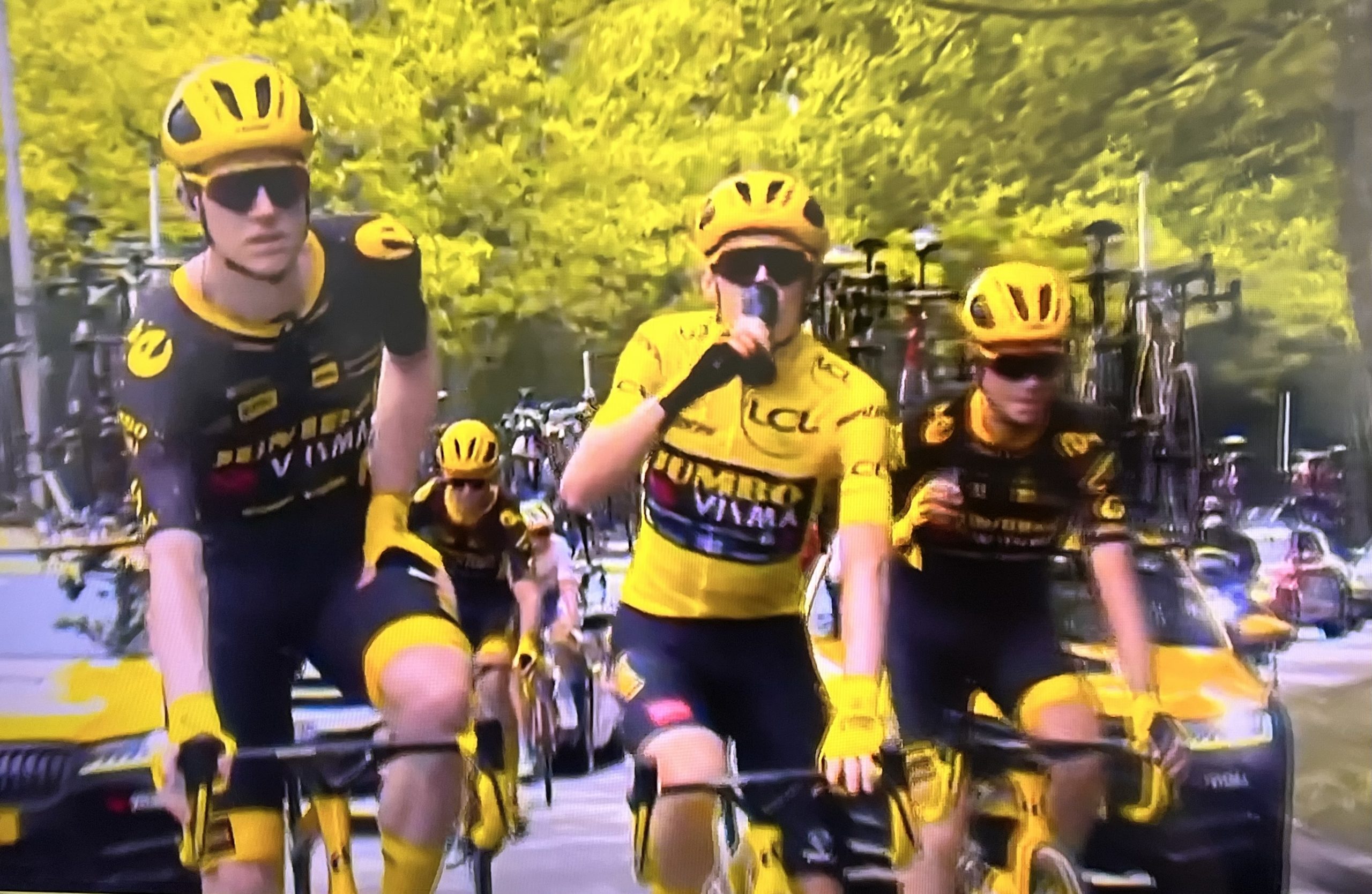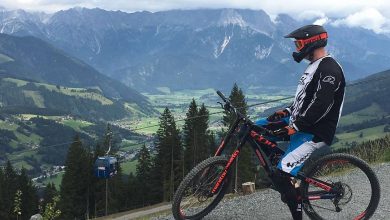According to data gathered by ProCyclingStats on July 2023, the Tour de France has been getting steadily faster over the years. Viewers around the globe witness it in 2022 and 2023 the last two men’s Tours de France as of two of the three fastest in history. And that seems to be a trend because of some key factors.
The Tour is getting shorter
The overall distance of the Tour has been steadily decreasing over the past several decades. Once upon a time, stages were commonly longer than 200 kilometers, with some days exceeding 250. But today’s Tour organizers realize that more doesn’t always equal better, and that’s why they’re favoring shorter, punchier stages to liven up the action and encourage more aggressive tactics.
++ There’s nothing for anyone: Jonas Vingegaard wins the Tour de France again
Riders are training more effectively
In the 21st century, riders started limiting their racing programs in favor of specific training blocks in controlled environments, realizing that racing is an imperfect form of training because there are too many variables involved.. The process was helped by the popularity of the power meter, which made their training even more focused and efficient.
Today, teams spend much of their seasons preparing for their goals at training camps, often at high altitude, with teams of coaches, physiologists, and nutritionists guiding the riders every step of the way. The result is the most well-trained–and fastest–peloton we’ve ever seen. It’s no coincidence that Denmark’s Jonas Vingegaard rides for Jumbo-Visma–one of the sport’s most meticulous teams–and has won each of the last two Tours de France, two of the fastest in Tour history.
Bikes are faster
The bikes being ridden in the Tour de France have also evolved, and teams are continuing to find new ways to use their equipment to squeeze every watt out of their riders. The bikes are stiffer, more aerodynamic, and more efficient, which definitely helps increase the Tour’s average speed.
For example, Victor Campenaerts (Lotto Dstny) was named the Tour’s Most Aggressive Rider, and the Belgian spent much of the Tour’s final week on the attack. He played a big role in driving the breakaway on Stage 19, which ended up being the fifth-fastest Tour de France road stage in Tour history–despite lots of climbing and a headwind.
Clothing
Even clothing has made the race faster: riders don’t just wear jerseys and bib shorts anymore, now they wear one-piece speed suits that offer all the comfort of traditional kits while being lighter and more aerodynamic. And aero-helmets cut down on drag without sacrificing ventilation and comfort. These gains might seem minimal, but add them up over the course of a 3-week grand tour and they make a big difference.
Make sure to like our Facebook and Instagram pages for more Miami Cycling Show news.











